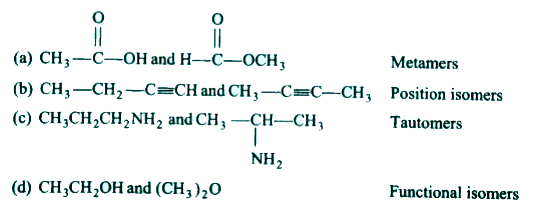Which of the following represents the correct match of a sexually transmitted infection with its pathogen ?
Syphilis - Treponema pallidum
Gonorrhoea - Entamoeba histolytica
Urethritis - Bacillus anthracis
Softsore - Bacillus brevis
The correct Answer is:A
To solve the question about which sexually transmitted infection (STI) is correctly matched with its pathogen, we need to analyze the options provided. Here’s a step-by-step breakdown of how to arrive at the correct answer:
Step 1: Understand the Question
The question asks for the correct match between a sexually transmitted infection and its corresponding pathogen. This means we need to identify the pathogen that causes each listed STI.
Step 2: Identify the Options
Although the specific options (1, 2, 3, 4) are not provided in the transcript, we will use the information given about syphilis as an example.
Step 3: Analyze Syphilis
- Infection: Syphilis
- Pathogen: Treponema pallidum (a bacterium)
Step 4: Characteristics of Syphilis
- Syphilis is a bacterial infection transmitted through sexual contact.
- The first stage of syphilis can present with painless ulcers (also known as chancres) in the genital area.
- It can also lead to swelling of lymph nodes.
Step 5: Confirm the Match
Based on the information, we can confirm that syphilis is correctly matched with its pathogen, Treponema pallidum. If one of the options listed in the question corresponds to this match, then it is the correct answer.
Step 6: Evaluate Other Options
If there are other options provided, we would need to analyze each one similarly:
- Identify the STI and its pathogen.
- Verify if the pathogen is known to cause the listed STI.
Conclusion
If option A (syphilis - Treponema pallidum) is among the options, it is the correct match. If other options are provided, we would need to evaluate them based on the same criteria.
---
The question asks for the correct match between a sexually transmitted infection and its corresponding pathogen. This means we need to identify the pathogen that causes each listed STI.
Although the specific options (1, 2, 3, 4) are not provided in the transcript, we will use the information given about syphilis as an example.
- Infection: Syphilis
- Pathogen: Treponema pallidum (a bacterium)
- Syphilis is a bacterial infection transmitted through sexual contact.
- The first stage of syphilis can present with painless ulcers (also known as chancres) in the genital area.
- It can also lead to swelling of lymph nodes.
Based on the information, we can confirm that syphilis is correctly matched with its pathogen, Treponema pallidum. If one of the options listed in the question corresponds to this match, then it is the correct answer.
If there are other options provided, we would need to analyze each one similarly:
- Identify the STI and its pathogen.
- Verify if the pathogen is known to cause the listed STI.
If option A (syphilis - Treponema pallidum) is among the options, it is the correct match. If other options are provided, we would need to evaluate them based on the same criteria.
Topper's Solved these Questions
- REPRODUCTIVE HEALTHBook:NCERT FINGERTPS ENGLISHChapter:REPRODUCTIVE HEALTHExercise:HOTS
Explore 5 Videos
- REPRODUCTIVE HEALTHBook:NCERT FINGERTPS ENGLISHChapter:REPRODUCTIVE HEALTHExercise:EXEMPLAR
Explore 13 Videos
- REPRODUCTION IN ORGANISMBook:NCERT FINGERTPS ENGLISHChapter:REPRODUCTION IN ORGANISMExercise:All Questions
Explore 137 Videos
- SEXUAL REPRODUCTION IN FLOWERING PLANTSBook:NCERT FINGERTPS ENGLISHChapter:SEXUAL REPRODUCTION IN FLOWERING PLANTSExercise:Sexual Reproduction In Flowering Plants
Explore 145 Videos
Similar Questions
Knowledge Check
Which of the following is the correct match ?
ALamprey - ChondrichthyesBSaw fish - CyclostomataCSea horse - OsteichthyesDHagfish - OsteichthyesWhich of the following is the correct match ?
AAmyloplasts - Store carbohhydratesBElaioplasts - Store fast and oilsCAleuroplasts - Store proteinsDAll of theseWhich of the following is not a correct match ?
APetiole : attaches leaf to stemBLamina : green flat part of leafCMargin : gives shape to the leafDVeins : transpiration



